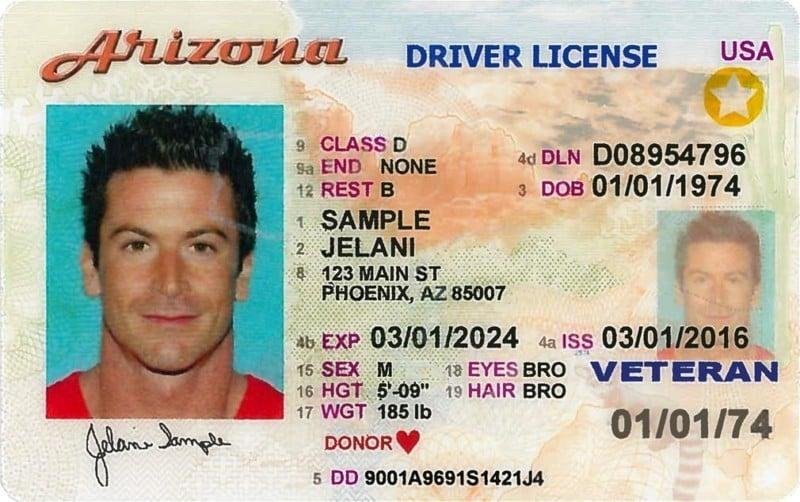arizona
Despite Real ID Deadline, DHS Assures Travelers Without Updated Docs Can Still Take to the Skies

The long-awaited implementation of the Real ID requirement has arrived, marking a significant shift in U.S. travel regulations. Starting May 7, all domestic flights will necessitate a Real ID or an alternative federal identification.
This change comes nearly 20 years after Congress enacted the Real ID Act of 2005. Originally slated for 2008, the deadline faced numerous delays due to political resistance and logistical challenges.
Arizona residents with a driver’s license featuring a star in the upper right corner are already compliant. For others, alternative forms of identification, such as a passport or tribal ID, will be essential for air travel and accessing federal facilities.
Travelers arriving at the airport without a Real ID won’t be outright barred from flying but may encounter extra screening measures. U.S. Secretary of Homeland Security Kristi Noem confirmed that those with a standard driver’s license will be allowed to board planes, albeit with additional steps.
For those wishing to acquire a Real ID, the process is straightforward. Individuals can visit any Arizona Motor Vehicle Division (MVD) office or a third-party provider. Appointments can be made online through the Arizona Department of Transportation website, or you may opt to walk in, though expect possible wait times. The fee for a Real ID is $25, valid for eight years, with delivery typically taking 10 to 14 days.
When applying, residents must present:
- One proof of identity document (such as a birth certificate or an unexpired U.S. passport).
- Your Social Security number (no card necessary).
- Two proof of Arizona residency documents from different sources (e.g., utility bills, bank statements).
It’s advisable to review the list of acceptable documents beforehand. Digital copies on phones are acceptable per ADOT spokesperson Bill Lamoreaux, who also noted that applicants could submit an affidavit to fulfill one residency requirement.
Real ID legislation arose from post-9/11 security concerns, aiming to prevent counterfeit IDs. The first deadline was set for May 11, 2008, but Arizona initially resisted compliance due to privacy concerns voiced by then-Governor Janet Napolitano.
As a result of statewide hesitance and similar pushbacks across the nation, the initial deadline was extended multiple times during the following decades. Arizona began offering Real ID cards in 2016, and currently, around 46 percent of licensed drivers in the state have obtained one.


















